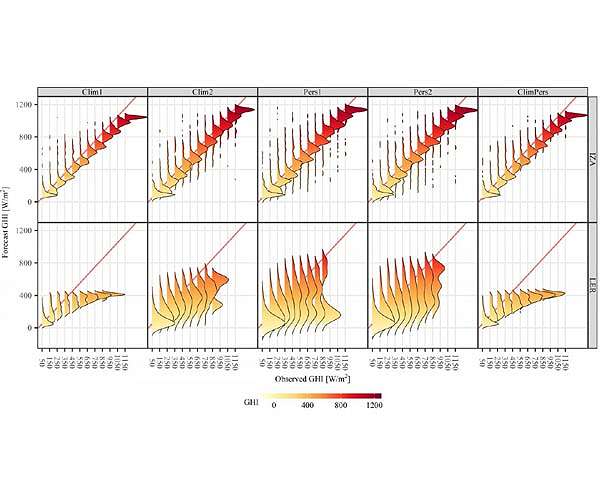Machine Learning improves the accuracy of solar energy prediction
As Zonne Energy becomes a more important part of the global energy letter, the improvement of the accuracy of photovoltaic (PV) generation forecasts is crucial for balancing supply and demand. A recent study published in the progress in the atmospheric sciences investigates how machine learning and statistical techniques can improve these predictions by refining errors in weather models.
Since PV prediction is highly dependent on weather forecasts, inaccuracies in meteorological models can influence the estimates of the power. Researchers from the Institute of Statistics of the Karlsruhe Institute of Technology investigated ways to improve the prediction precision through techniques after processing. Their study evaluated three methods: adjusting weather forecasts before being entered in PV models, refining the predictions of solar energy after processing and using machine learning to predict solar energy directly from weather data.
“Weather forecasts are not perfect, and those mistakes are worn in predictions of solar energy,” explains Nina Horat, main author of the study. “By adjusting the predictions in different phases, we can improve considerably how well we predict the production of solar energy.”
The study showed that applying after -processing techniques to power forecasts, instead of weather forecasts, resulted in the most important improvements. Although Machine Learning models generally performed better than conventional statistical methods, their benefit in this case was marginal, probably because of the limitations of the available input data. Researchers also emphasized the importance of including information information in models to improve the accuracy of the prediction.
“One of our biggest collection restaurants was how important the time of day is,” said Sebastian Lerch, corresponding author of the study. “We saw major improvements when we trained individual models for each hour of the day or have had time directly in the algorithms.”
A particularly promising approach includes completely circumventing traditional PV models by using machine learning -algorithms to predict solar energy directly from weather data. This technique eliminates the need for detailed knowledge of the configuration of a tanning factory, instead depending on historical weather and performance data for training.
The findings pink the way for further progress in machine learning-based prediction, including the integration of extra weather variables and the application of these methods in several solar installations. As the acceptance of renewable energy accelerates, improving the prediction of solar energy is crucial for maintaining grid stability and efficiency.
Research report:Improving the approaches of the model chain for probabilistic solar energy forecast by post-processing and machine learning


